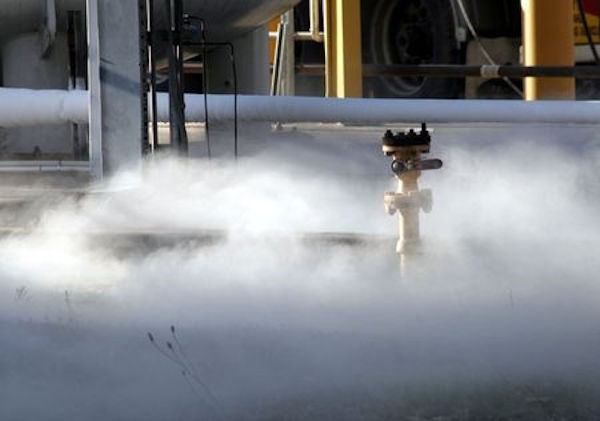Analyzing the Workplace
Initial Assessment
Now that you have reviewed the structure, scope and application of the HCS and employer responsibilities, it's time to get down to business.
The first task is to determine what chemicals you have in your workplace. It's important for the person conducting the initial assessment to be familiar with the definitions and characteristics of hazardous substances and chemicals.
Hazardous Substances and Chemicals
Hazardous Substances: The HCS defines substances as chemical elements and their compounds in the natural state or obtained by any production process. This includes any additive necessary to preserve the stability of the product and any impurities deriving from the process used. However substances do not include any solvent which may be separated without affecting the stability of the substance or changing its composition.
Hazardous Chemicals: The HCS defines hazardous chemicals as those that are classified as physical hazards or health hazards, simple asphyxiants, combustible dusts, pyrophoric gases, or hazards not otherwise classified.
Physical hazards: The HCS defines physical hazards as chemicals that are classified as posing one of the following hazardous physical effects:
- Explosive
- Flammable (gases, aerosols, liquids, or solids)
- Oxidizer (liquid, solid or gas)
- Self-reactive; pyrophoric (liquid or solid)
- Self-heating
- Organic peroxide
- Corrosive to metal
- Gas under pressure or
- Flammable gas emitted when in contact with water
For additional information, see Appendix B to 1910.1200 - Physical Criteria.
Health hazards: The HCS defines health hazards as chemicals which are classified as posing one of the following hazardous health effects:
- Acute toxicity (any route of exposure)
- Skin corrosion or irritation
- Serious eye damage or eye irritation
- Respiratory or skin sensitization
- Germ cell mutagenicity
- Carcinogenicity
- Reproductive toxicity
- Specific target organ toxicity (single or repeated exposure) or
- Aspiration hazard
For additional information, see Appendix A to 1910.1200 - Health Hazard Criteria.
Knowledge Check Choose the best answer for the question.
2-1. What does the HCS classify as a physical or health hazard, a simple asphyxiant, combustible dust, pyrophoric dust, or a hazard not otherwise classified?
You forgot to answer the question!

